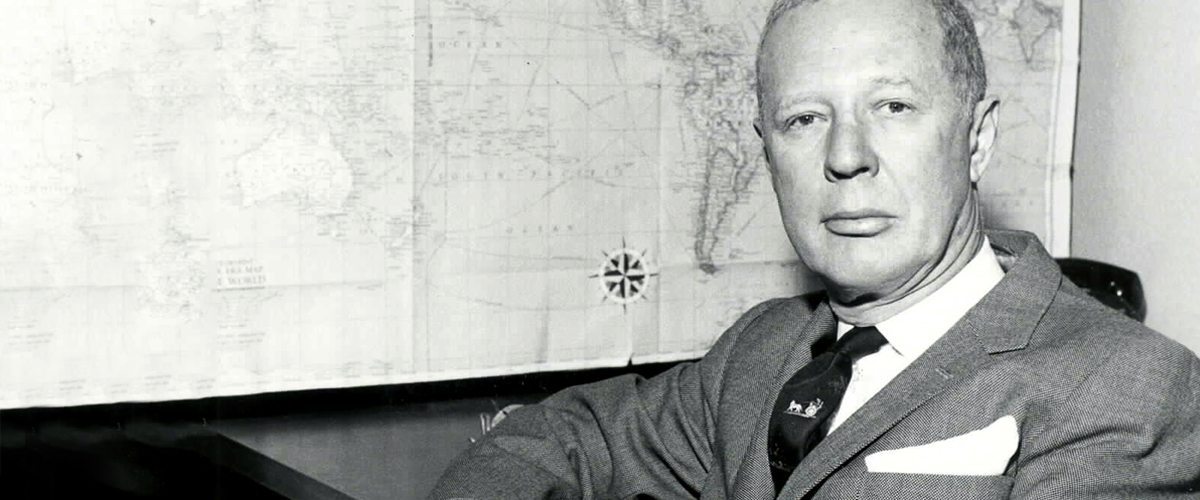It Happened Here: Turista Study, 1958
The solution to a common problem for international travelers was first identified at NewYork-Presbyterian.

Courtesy of Medical Center Archives of NewYork-Presbyterian/Weill Cornell Medical Center

Courtesy of Medical Center Archives of NewYork-Presbyterian/Weill Cornell Medical Center
It has plagued international vacationers for decades: traveler’s diarrhea, formally known in the medical world as turista. Besides diarrhea, symptoms include vomiting, cramps, and sometimes fever, and usually last only a few days but leave travelers exhausted.
Dr. Benjamin H. Kean, who graduated from Columbia University’s College of Physicians and Surgeons in 1937 and subsequently taught at Cornell University Medical College, now Weill Cornell Medicine, was the first to put scientific rigor behind the problem. He helped identify the causes of turista while studying American students visiting Mexico as well as visitors returning from abroad at Los Angeles International Airport.
Dr. Kean’s study, with Dr. Sherwood Gorbach, published in 1958, involved transporting frozen stools to New York for investigation and definitively identified E. coli bacteria as the culprit. Dr. Kean later founded the tropical medicine program at Cornell’s Medical College — and he was also noted for having recommended to President Franklin Roosevelt during World War II that pilots at risk of being shot down in the ocean carry shark repellent.
Today, the Weill Cornell Travel Medicine practice offers pre- and post-travel consultations and sees more than 2,500 travelers every year. Learn more at weillcornell.org/wctm.

